
Chassis Development Kit available!
Product page Click here
..:: NEWS: VITA 73 now officially a trial standard! ::..
VITA 73 in the press:
PC104 and Embedded Small Form Factor / eecatalog.com and EEcatalog Executive Tech Interview, by
Military & Aerospace Magazinze and Avionics Intelligence Magazine, by John Keller
Evolution of a small form factor, by Gerry Gipper
No taller than a soft drink can and with GEN2 PCIe speeds, VITA 73 conduction cooled and sealed aircooled "microATR" rugged military computers are not only small: They present the integrator with an entirely new approach to SWOP with blazing fast speeds. They have a full set of I/O pin outs and do away with multiple backplane profiles. Featuring 3 backplane profiles and a customizable active backplane mezzanine, they enable designers to connect and configure everything as they wish by only changing out the design of the backplane mezzanine. A designer can place anything from an FPGA to switches to optical module interconnects here to meet any customers demands without confusing them with backplane profiles for each and every different application. 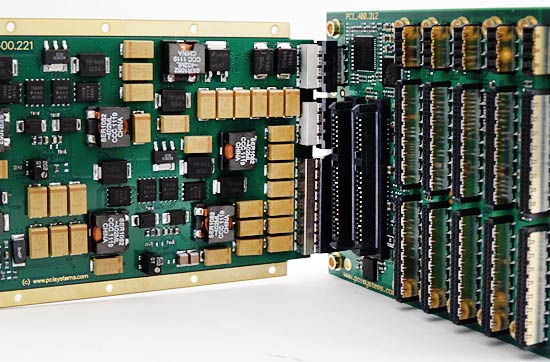
Introducing a standard into the still undefined world of UAV and other smallest rugged form factor applications secures fast technology transfers between interested parties. This in turn accelerates development and deployment.
- Capable of sustained operation in any combat or extreme industrial environment.
- Minimization of size, weight, and power [consumption]
- Maintains high-levels of availability-including high MTBF and low MTTR
- Has a fault-tolerant design (diagnostic and prognostic capabilities)
- Has a long-term maintenance and non-obsolescence plan
- Standard is designed with future technologies in mind.
- Optical data tranfer as well as FPGA useability are key brainstorming goals during the standard creation
- Smallest footprint 8 Slot: W:4,5” H:4” D:6”
- Lowest weight
- Highest BOARD SPACE to CUBIC DISPLACEMENT in the industry
- Based off the VPX (Vita 46/48) electrical standard
- No edge connectors used
- High speed Gen2 PCIe backplane
- 10GB high speed module to backplane transfer
- High density design
- 3 passive backplane profiles, unlimited active backplane mezzanine capability
- Zero wires in the entire system: No.Wires™ engineering solution for rear I/O
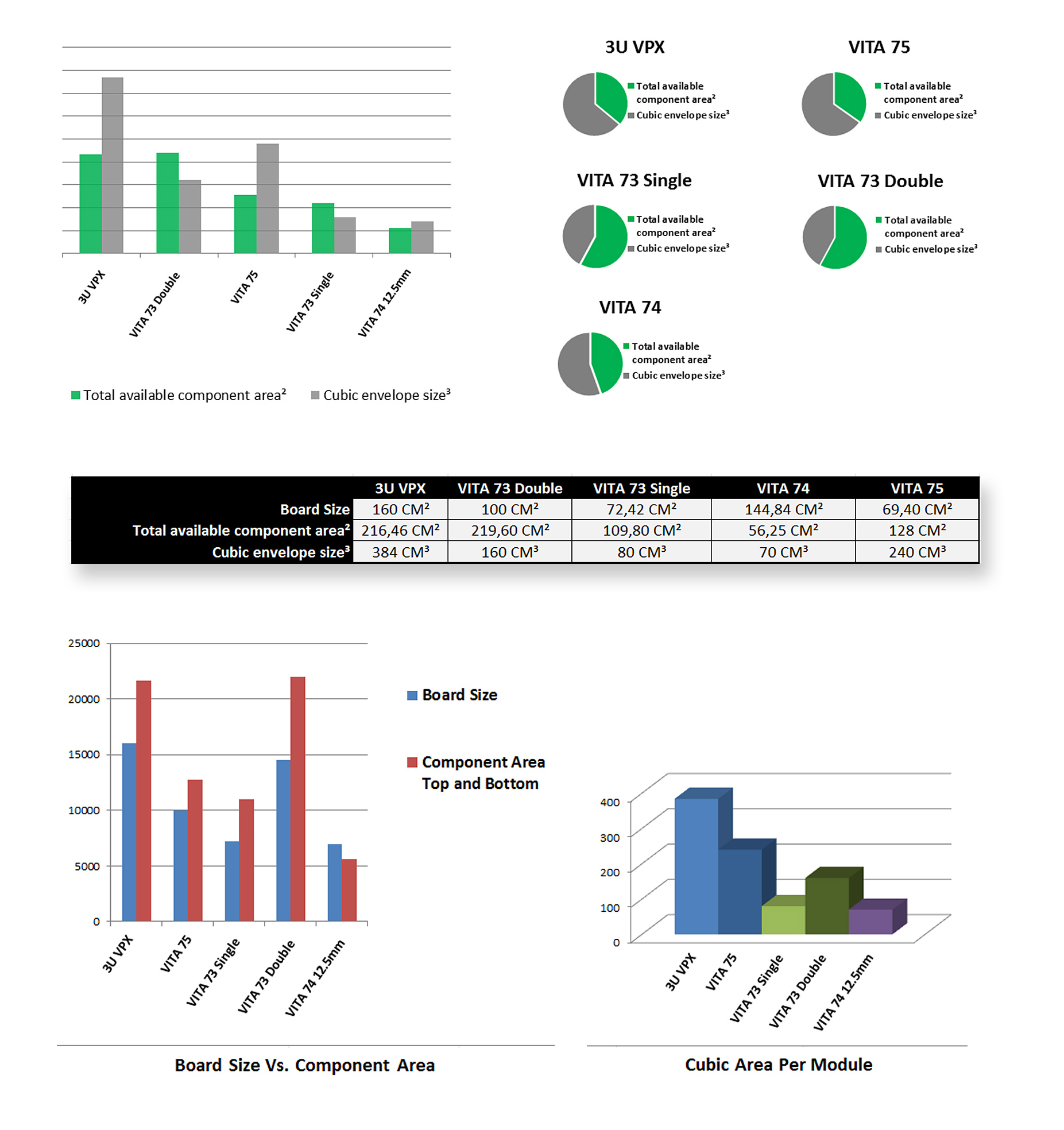
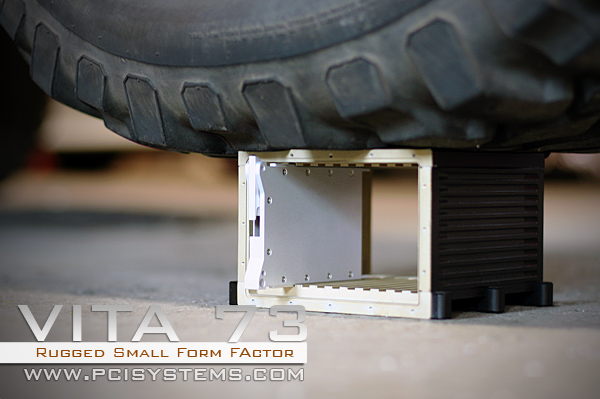
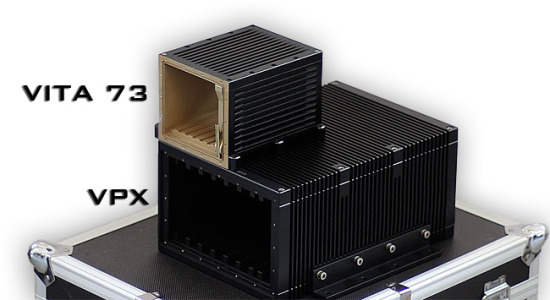
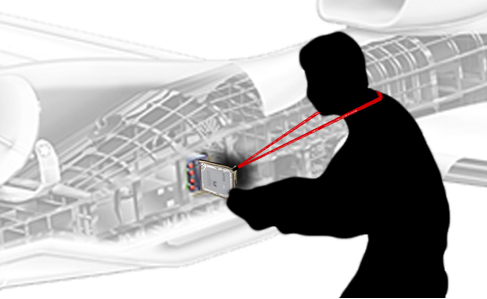
Teal Group's 2010 market study estimates that UAV spending will be totaling just over $80 billion in the next 10 years, with Electro-Optic/Infrared Sensors, Synthetic Aperture Radars (SARs), SIGINT and EW Systems, C4I Systems, and CBRN Sensors totaling to $3 billion in the fiscal year 2010 and is conservatively forecasted to increase to about $6 billion by 2019.
The new study reflects the rapid growth of interest in the UAV business. Almost 30 U.S., European and Israeli companies where included and reflect the fundamental reshaping of the industrial environment.(Source: Ramon Lopez, Aviation Today)
The VITA 73 working group is on-time and on-track to position itself as “the standard” for unmanned systems, securing all members and interested parties early stakes in the new market.
The analysis of the current market for military computers has shown that the market interest in very small ruggedized systems is very high, especially for unmanned crafts with highly integrated electronic control systems. A standard is needed to expand the VITA efforts into a much smaller physical form factor, but with full speed and high bandwidth as big systems provide.
This has spurred interest in the military hardware community to develop a standard for a small form factor system. The VITA 73 working group was formed. Complimentary to VITA 73, there is also a new VITA 71 working group, which will create a 3U and 6U VPX mezzanine board standard that is also compatible with a VITA 73 chassis.
The combined power of the working group members will define the small rugged form factor market.

